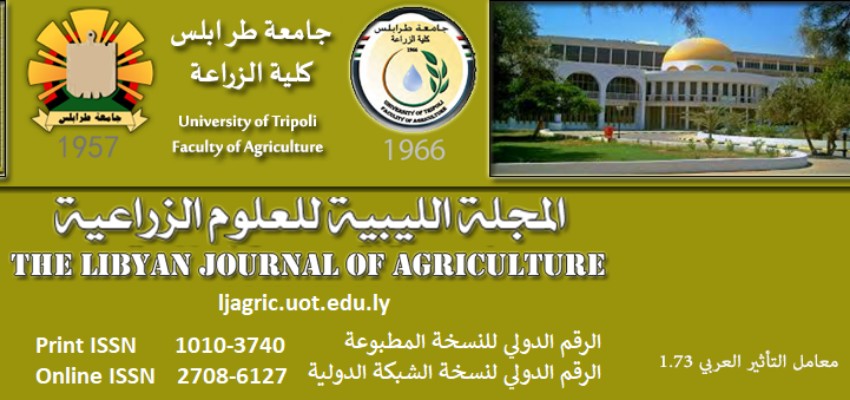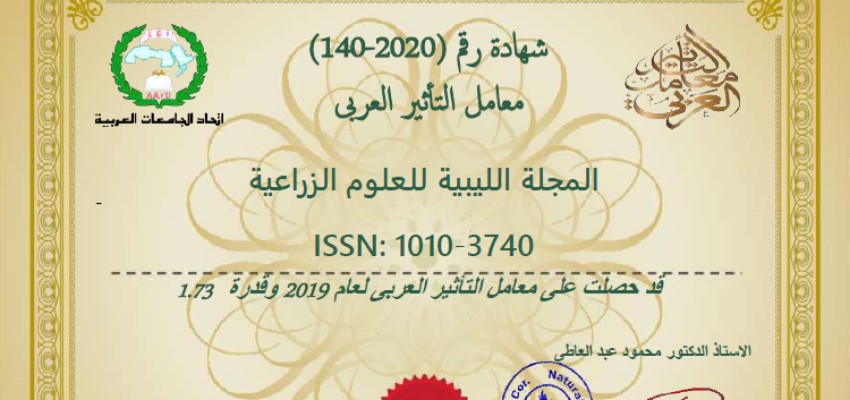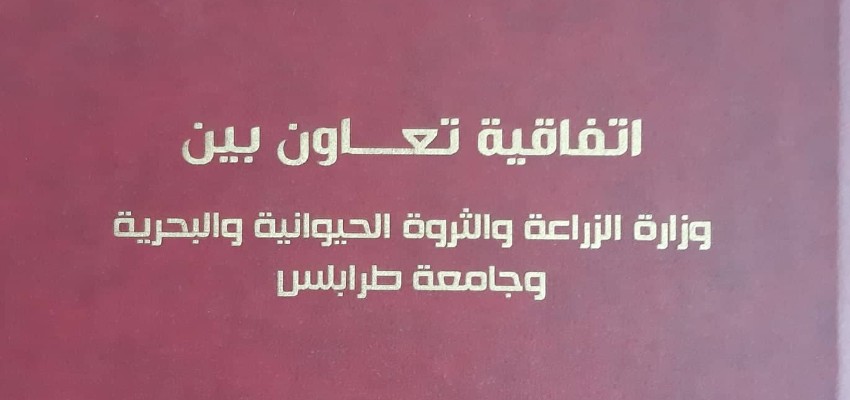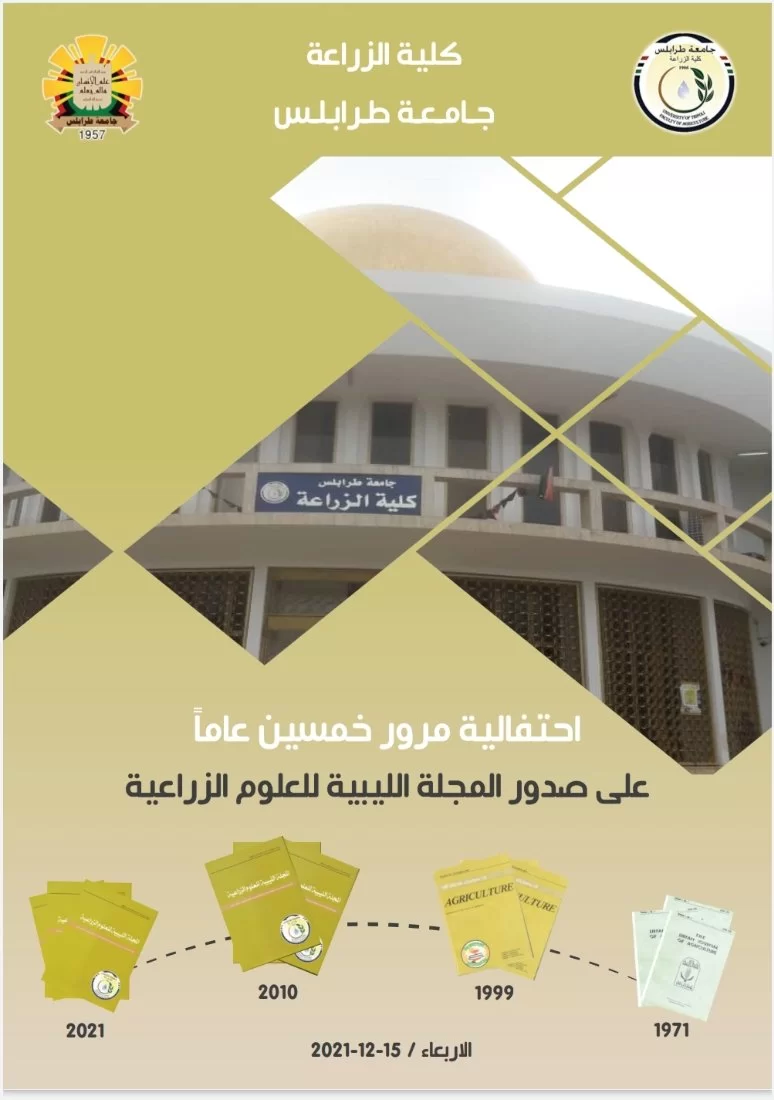كلية الزراعة طرابلس
المزيد ...حول كلية الزراعة طرابلس
حقائق حول كلية الزراعة طرابلس
نفتخر بما نقدمه للمجتمع والعالم
253
المنشورات العلمية
184
هيئة التدريس
522
الطلبة
0
الخريجون
أخبار كلية الزراعة طرابلس
2022-05-10
683
0
2021-12-12
2096
0
2022-05-10
683
0
2021-12-12
2096
0
من يعمل بـكلية الزراعة طرابلس
يوجد بـكلية الزراعة طرابلس أكثر من 184 عضو هيئة تدريس

د. بشير احمد ميلود نوير
نوير هو احد اعضاء هيئة التدريس بقسم التربة والمياه بكلية الزراعة طرابلس. يعمل السيد نوير بجامعة طرابلس كمساعد محاضر 1-0-04-2000 و من ثم كاستاد مساعد منذ 2013-07-01 وله عدد ثلاثة كتب و العديد من المنشورات العلمية الاخري باللغتين العربية و الانجليزية في مجال تقييم الاراضي و تطبيقات نظم المعلومات الجغرافية و الاستشعار عن بعد فى العلوم الزراعية و البيئية و الهندسية.














